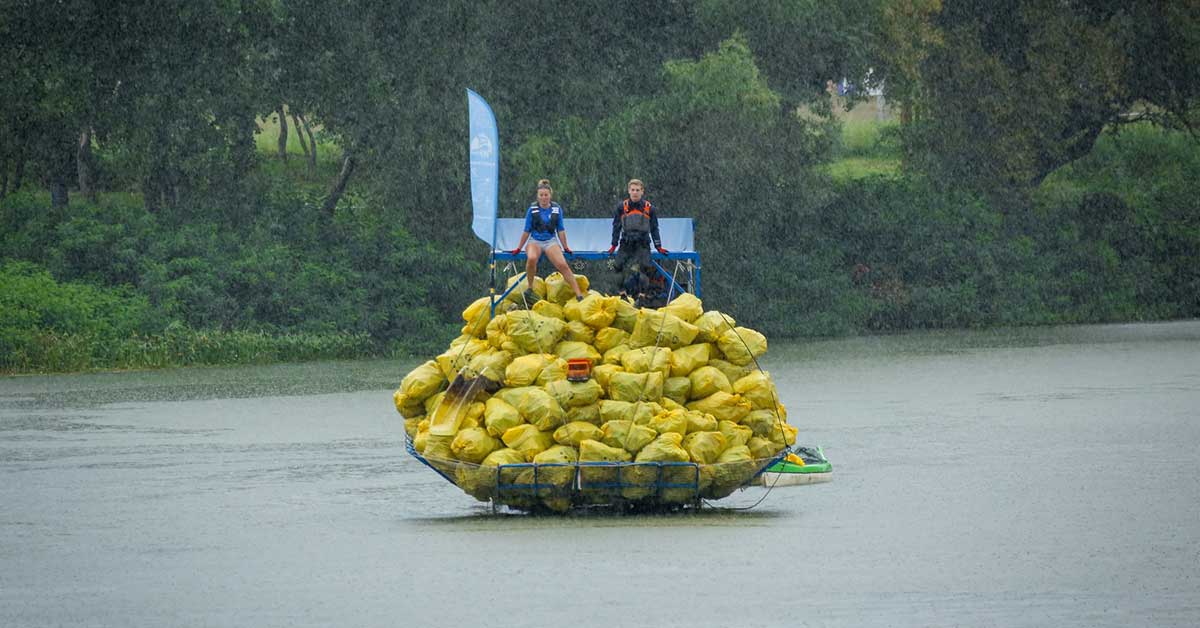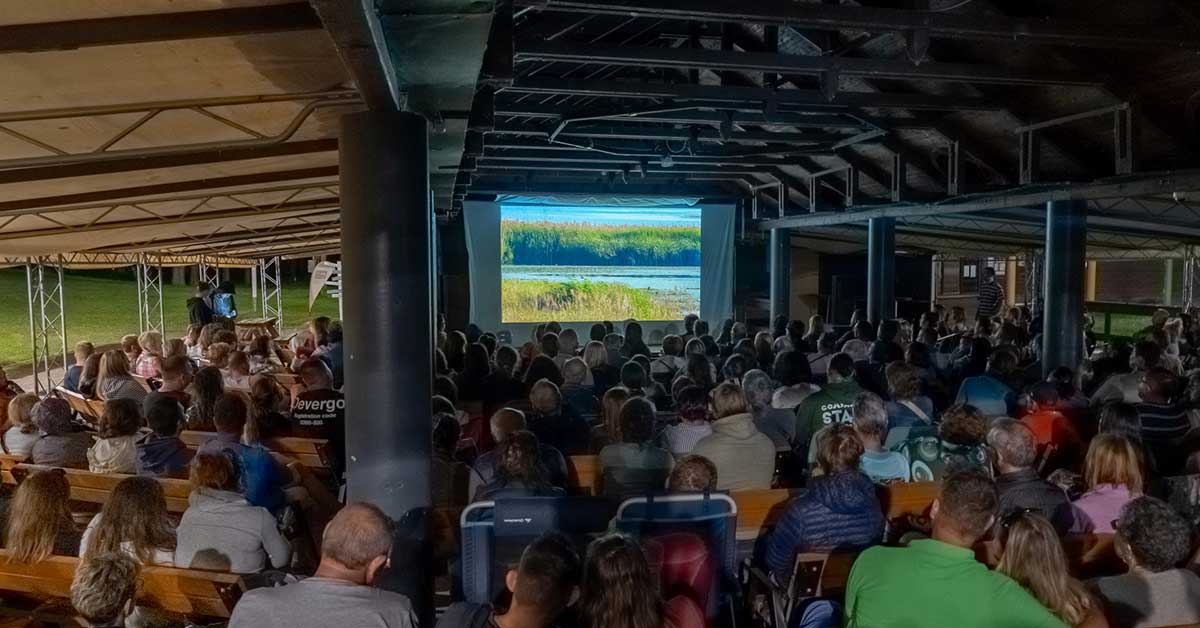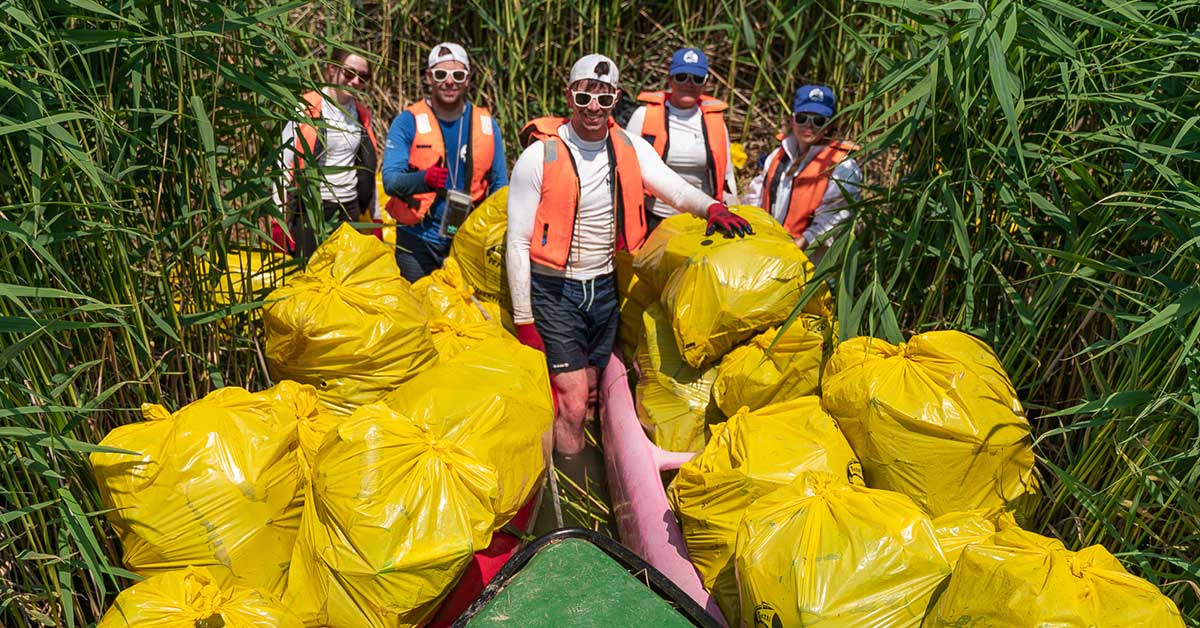Year after year, Tisza brings a lot of waste from Ukraine. The issue of waste management in the region of the source is so complex that there is no solution yet, although the situation is serious. On the Hungarian section of the river, the authorities and civil organisations are working hard to fight against the rubbish, but most of the waste flows into the Danube and goes with it all the way to the Black Sea.
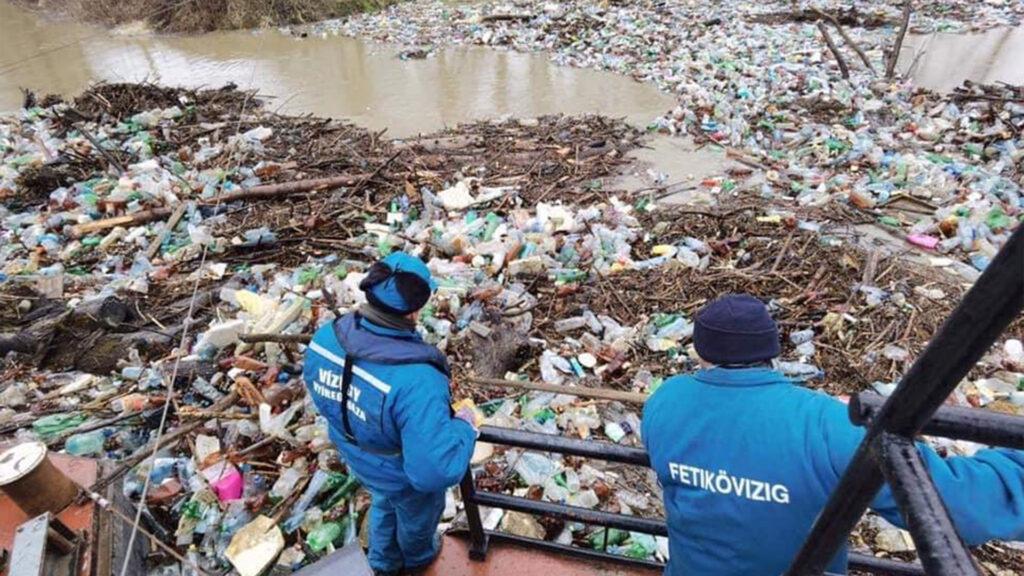
The Tisza originates from drinkable mountain streams from the eastern Carpathians in Ukraine. At an altitude of 1886 meters of Máramarosi Mountains, the river, which arises from the confluence of the Black- and White-Tisza rivers, touches Romania, Hungary, Slovakia, and then flows into the Danube in Serbia.
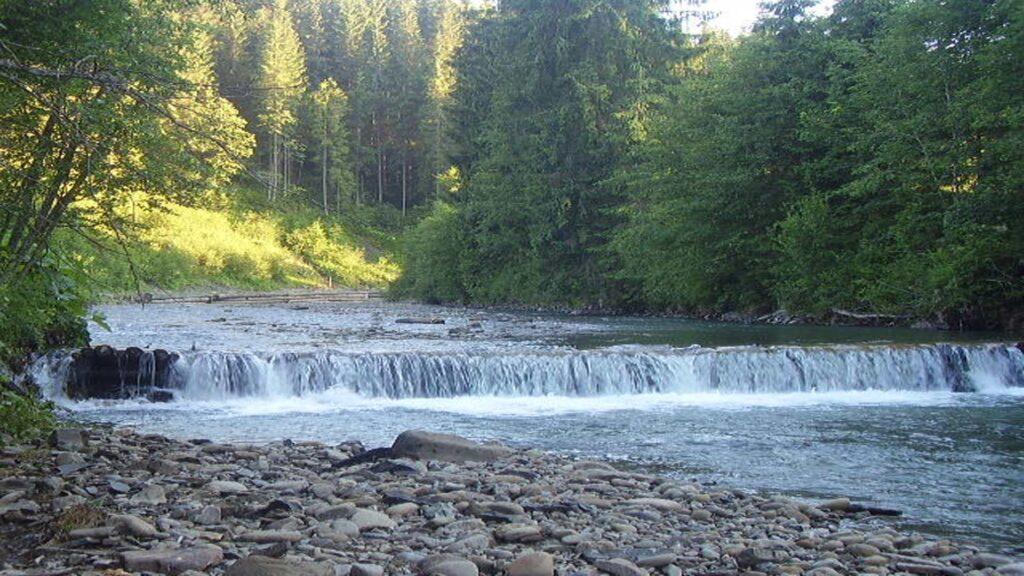
On the Ukranian section it takes about 200 kilometers for the meadering river until it reaches the Hungarian border. But the area, from where the river along with its tributaries bring not only the water from the mountains but the municipal waste too, is even bigger.
Ukraine is one of the poorest countries in Europe and Transcarpathia is the poorest region in the country. The people who live here live mainly close to the riverbank. There is no built road network, not so many people live in these mountainous areas, thus there is no organized collection of rubbish. Although local governments run organized waste collection, but they can not reach most of the households. There are some places where villagers could take their household waste at their own expense, but many can not even afford it. So they mostly bury, burn, or simply take and leave it at the riverbank. There is also a proverb in Transcarpathia which says: “The river will take it”.
However the major problem is that the use of plastics has become so widespread in recent decades that it makes up the bulk of household waste and rubbish. Plastic and PET bottles cannot be buried or incinerated, and its recycling is limited.
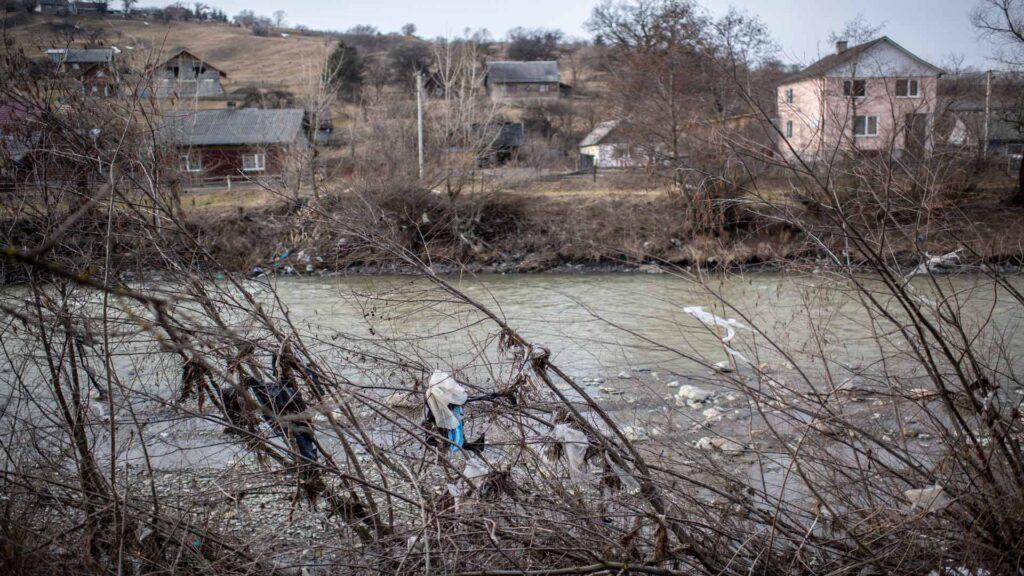
The catchment area of Tisza in Ukraine – which includes many tributaries – has another seemingly unmanageable issue. In addition to the protection section of the riverbank, the existing highways, inhabited areas, railway lines, forests and environmental protection areas, there is not enough free space to build a landfill or processing plant. Because there are no landfills, larger garbage collector companies have no market interest in collecting garbage from the population either, as there is nowhere to take it.
Going down the Tisza towards the larger communities, you can see huge accumulated garbage islands on the river and its -bank. The amount of waste is increasing year by year and the issue of waste care and management remains unresolved.
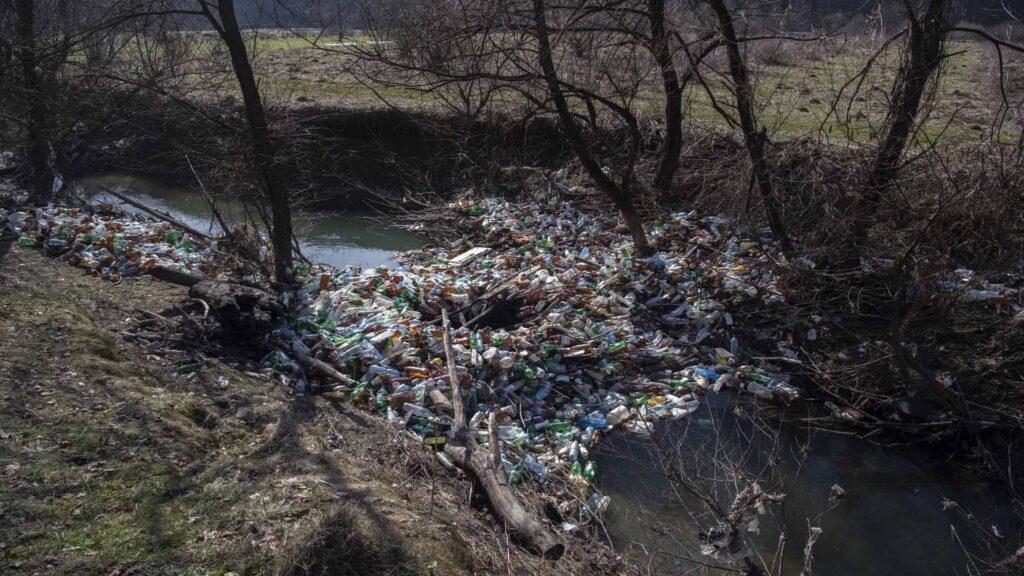
Slightly lower, at Rahó, right alongside the river, there is the first official larger landfill, but this solution is far from being sustainable. The “official” essentially just means that you can legally leave any rubbish there without sorting. The waste collected here remains untoched, it just accumulates year after year. There is no liner system underneath the garbage, so decomposing materials are constantly leaking into the water. In addition, the landfill is 1 meter away from the river. Even a small flood could wash away a huge amount of waste. According to the local leadership, this situation is sustainable for only 3-4 years, but many believe it has not been for at least 5 years. As Rahó is also a small town, it is not in the market interest of waste collector companies to solve the transportation of waste, and the municipalities do not have the budget for it either.
On the way to Hungary alongside the river, due to the issues detailed above, there are many illegal landfills next to Tisza.
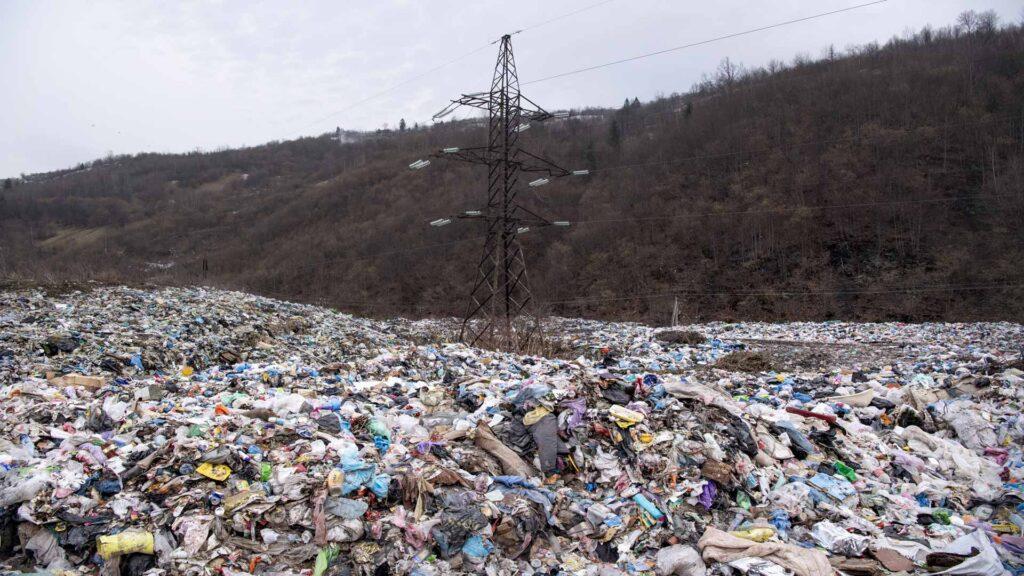
Many local volunteer and non-profit organizations are trying to help in some way with the current situation. They seek to raise public awareness of the importance of selective waste collection and recycling. However, this alone will not solve the problem. This matter also needs a state strategy and help, besides cooperation to protect our rivers.
